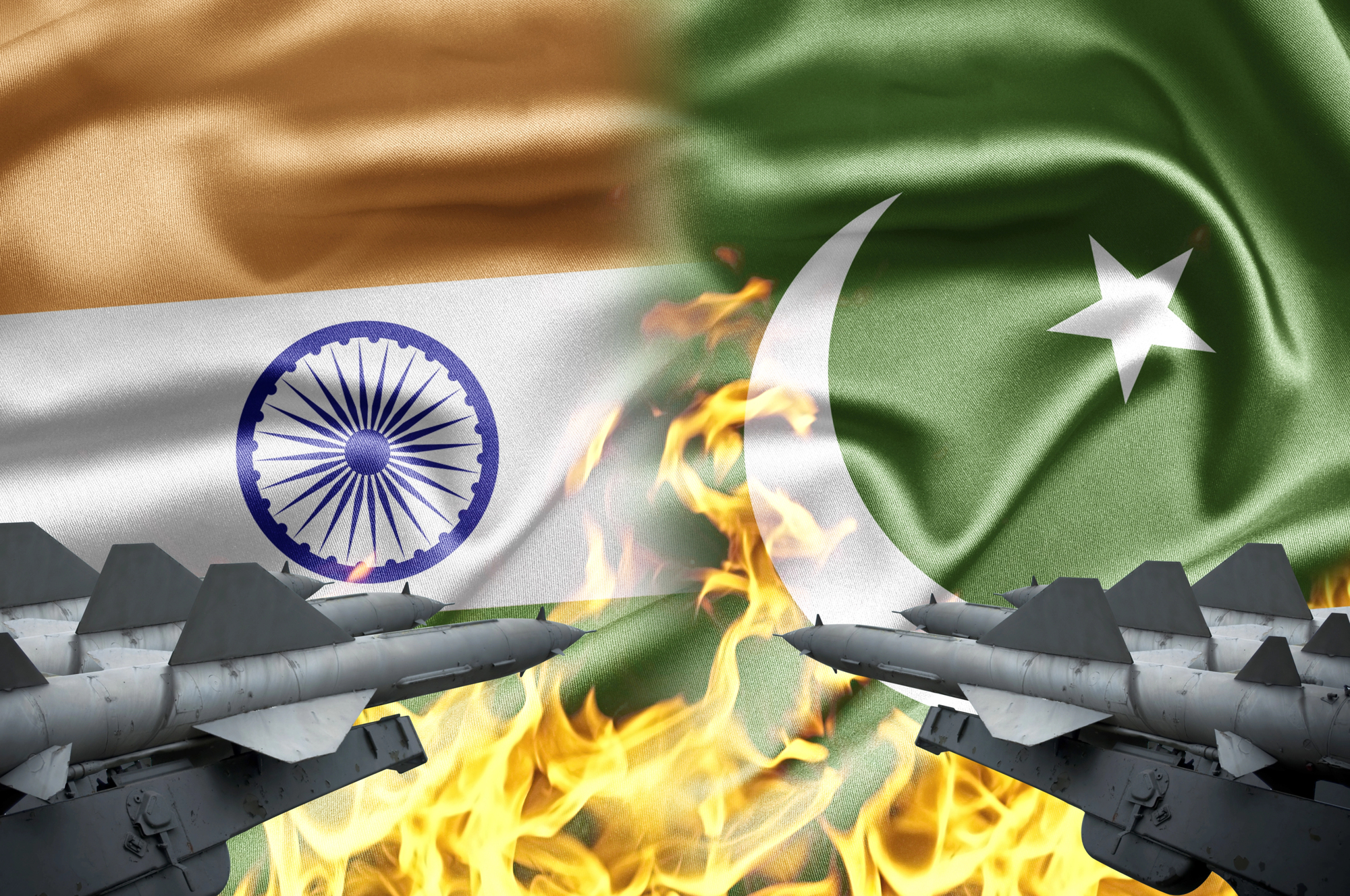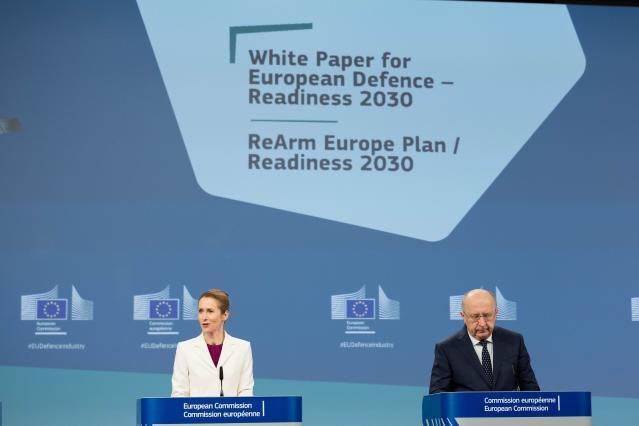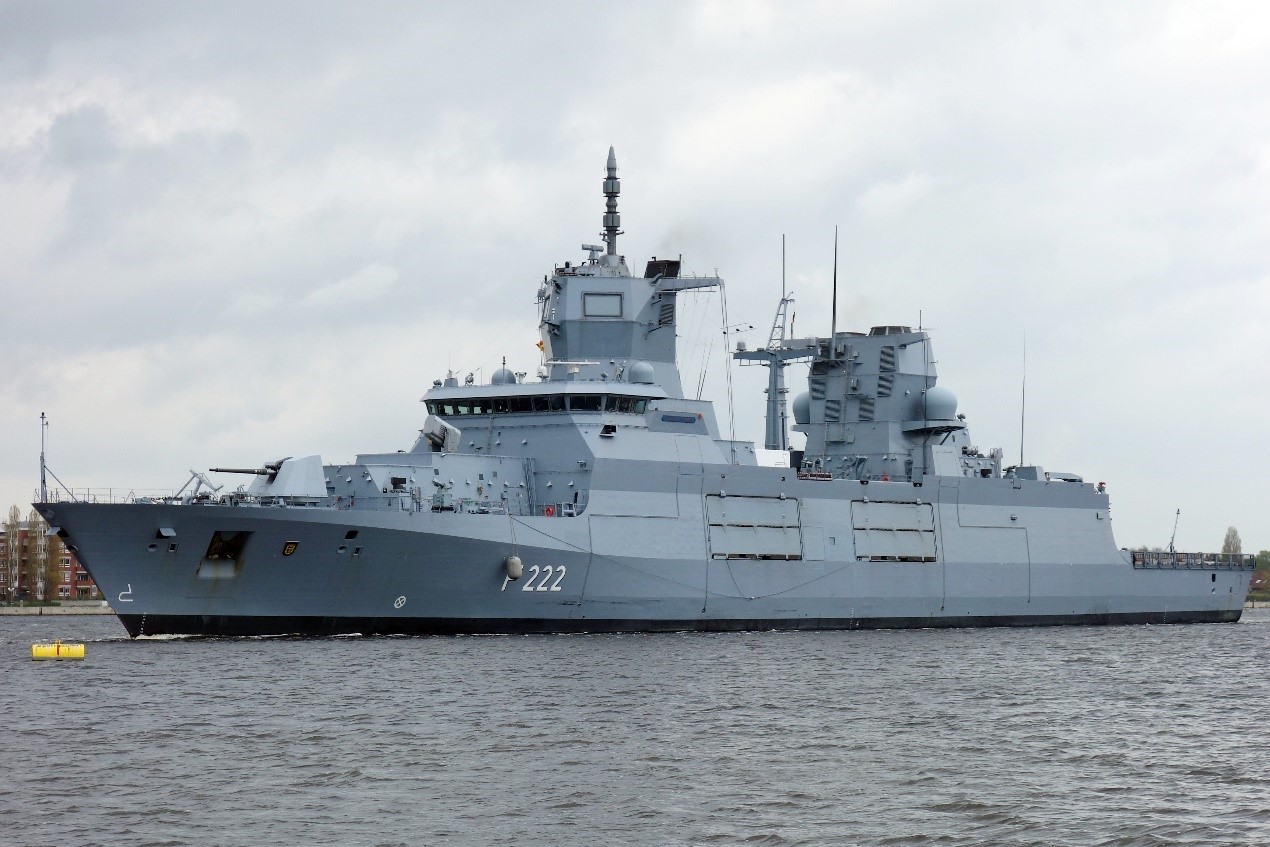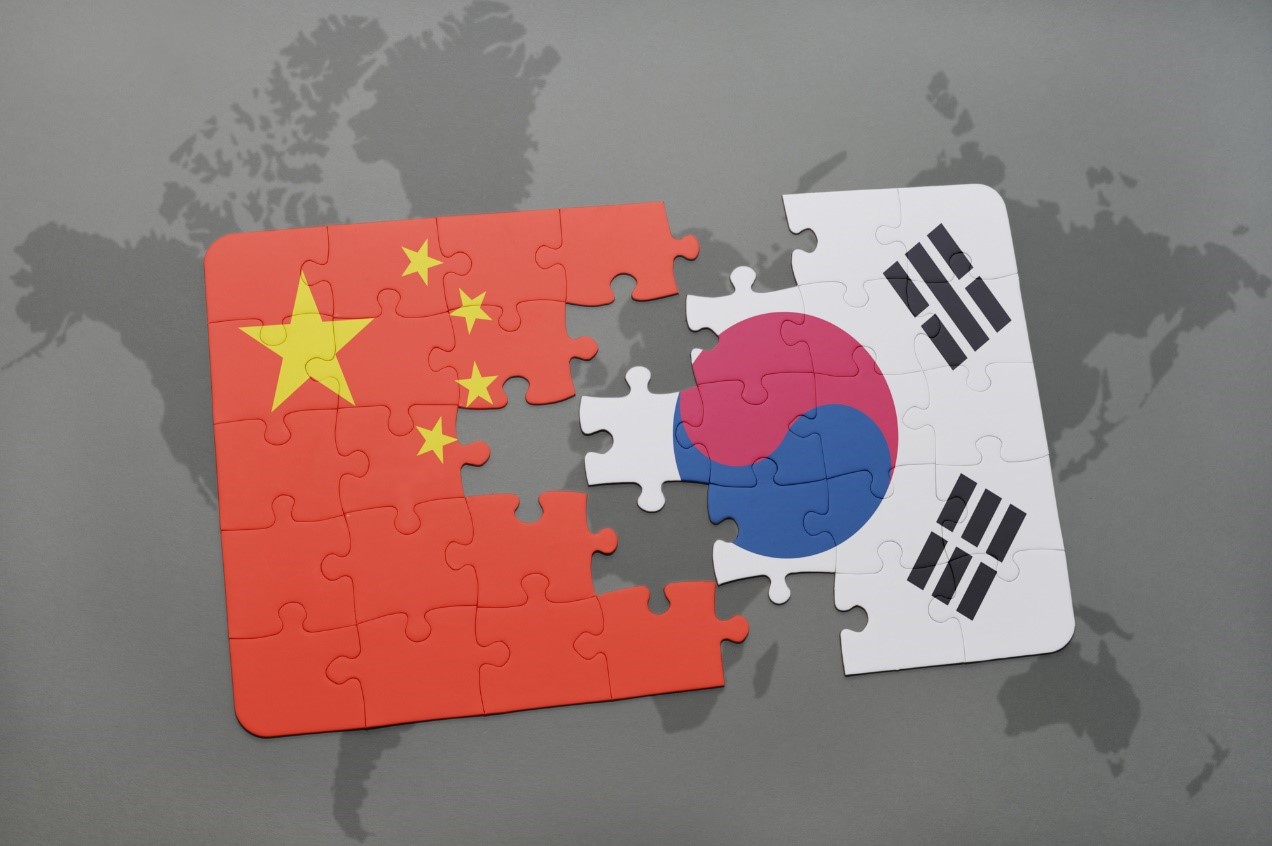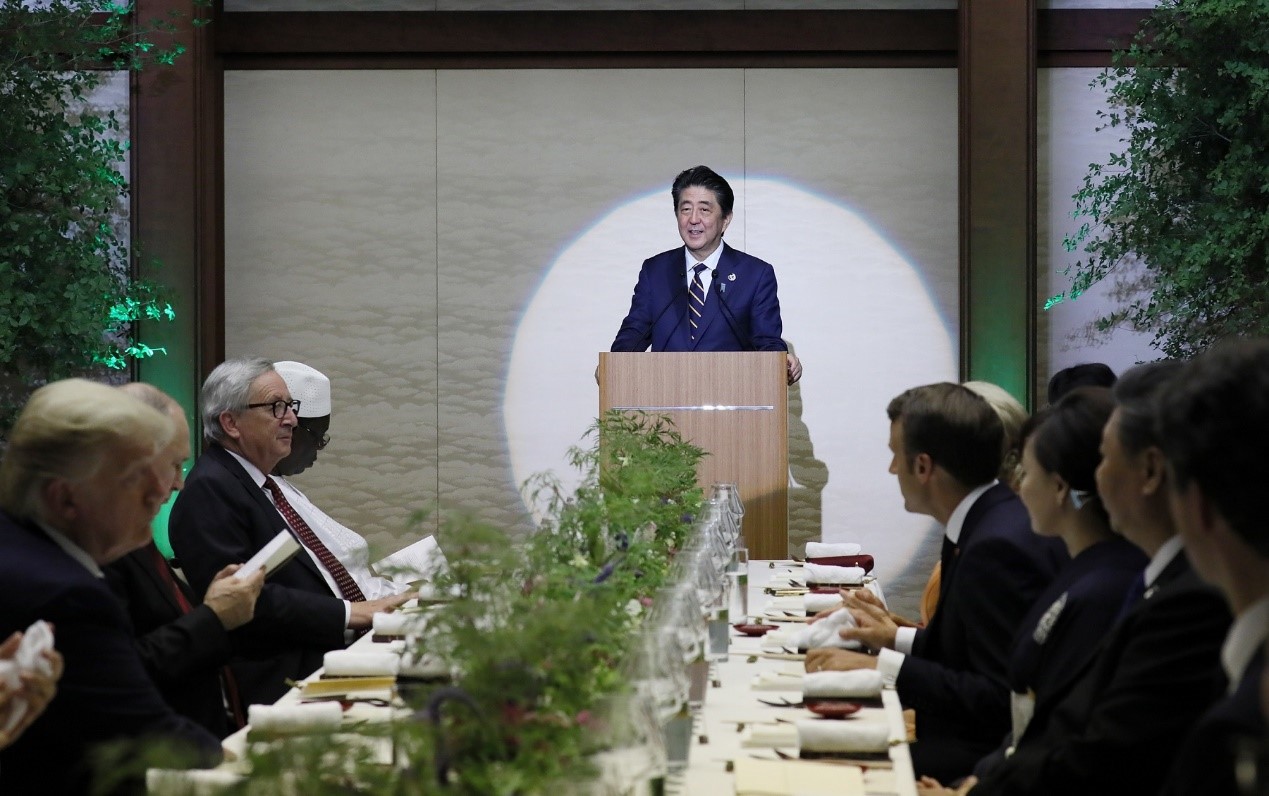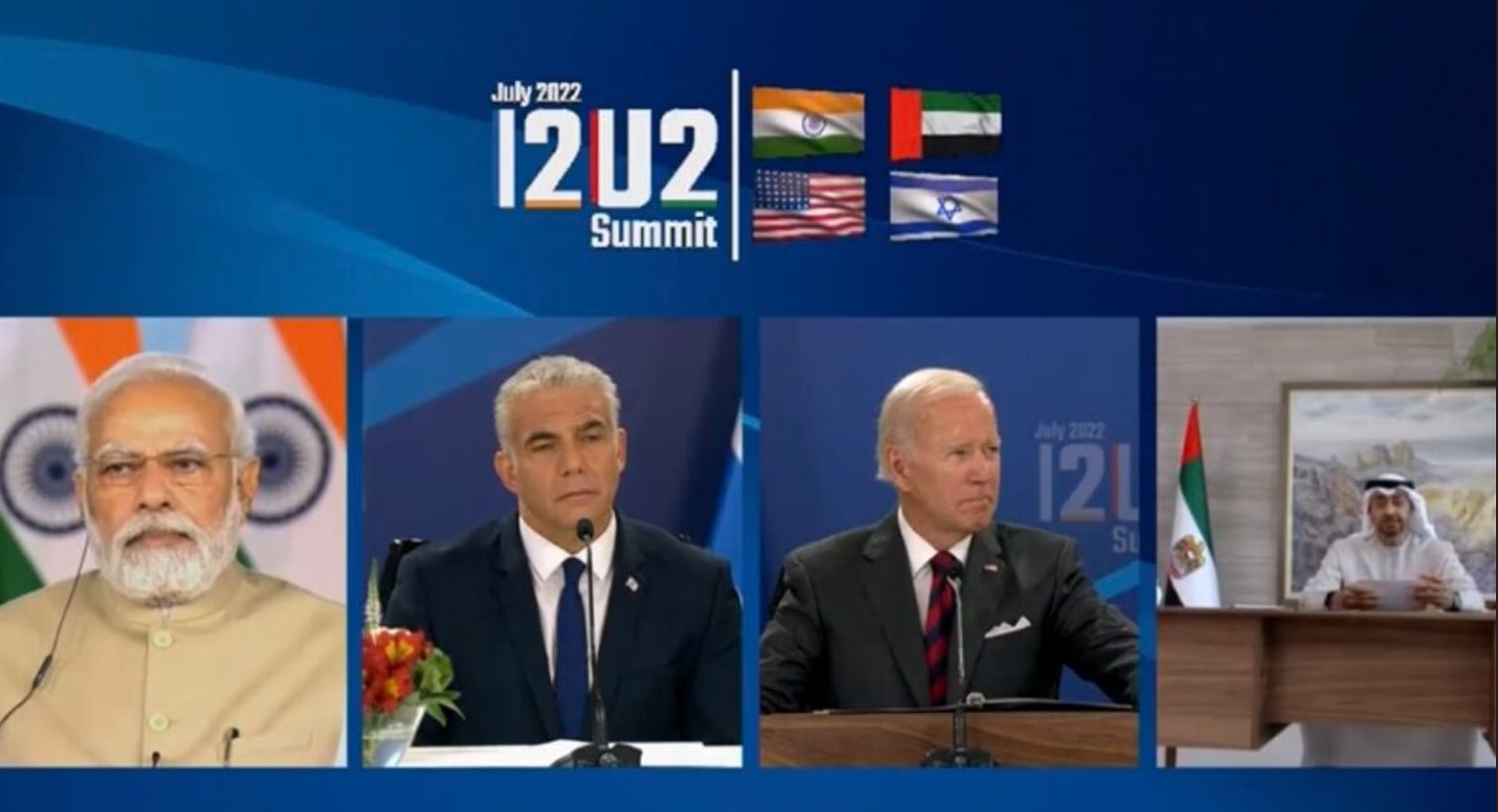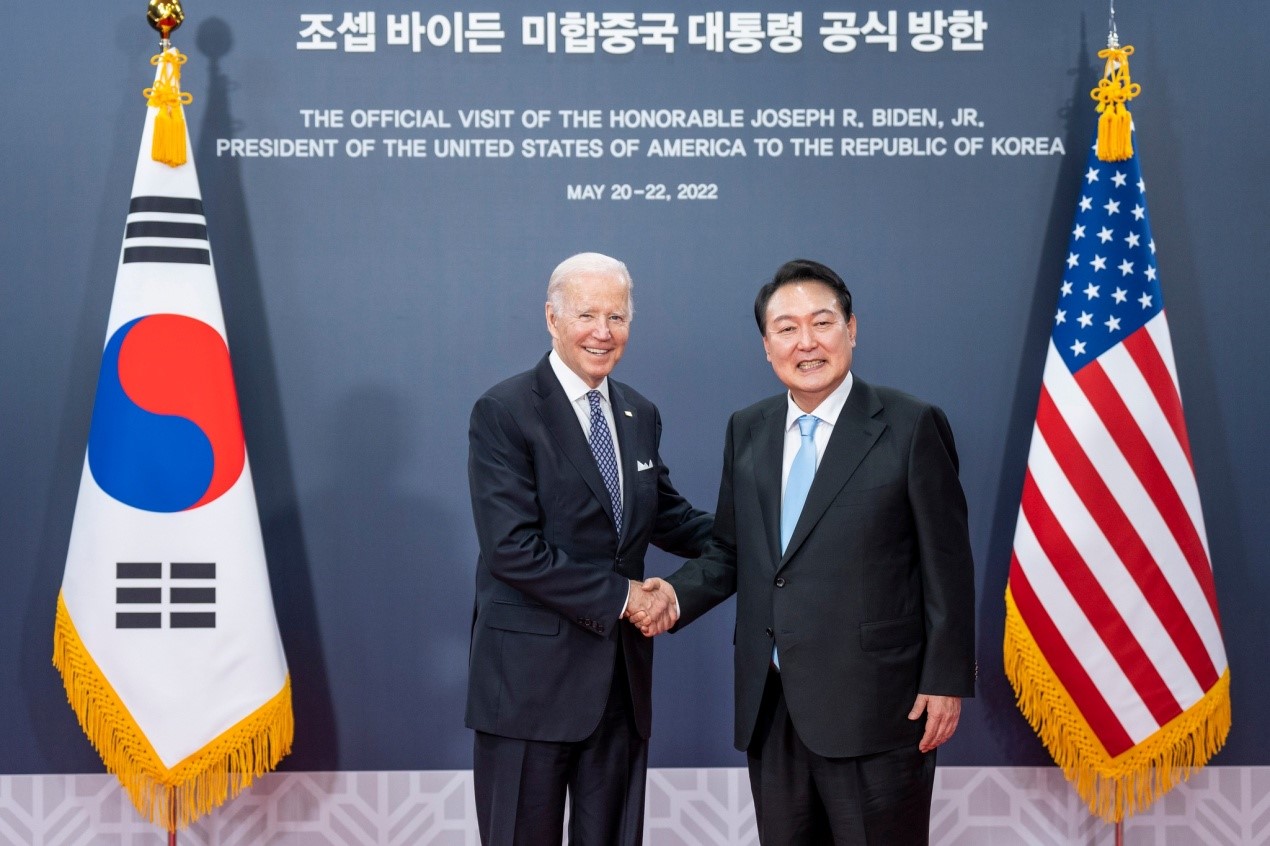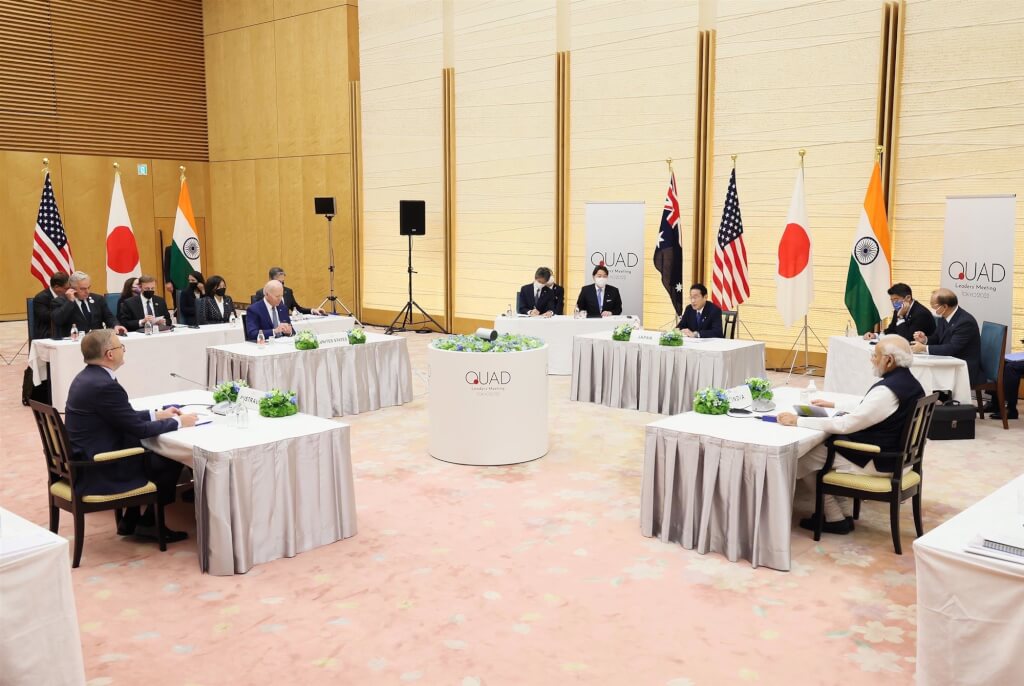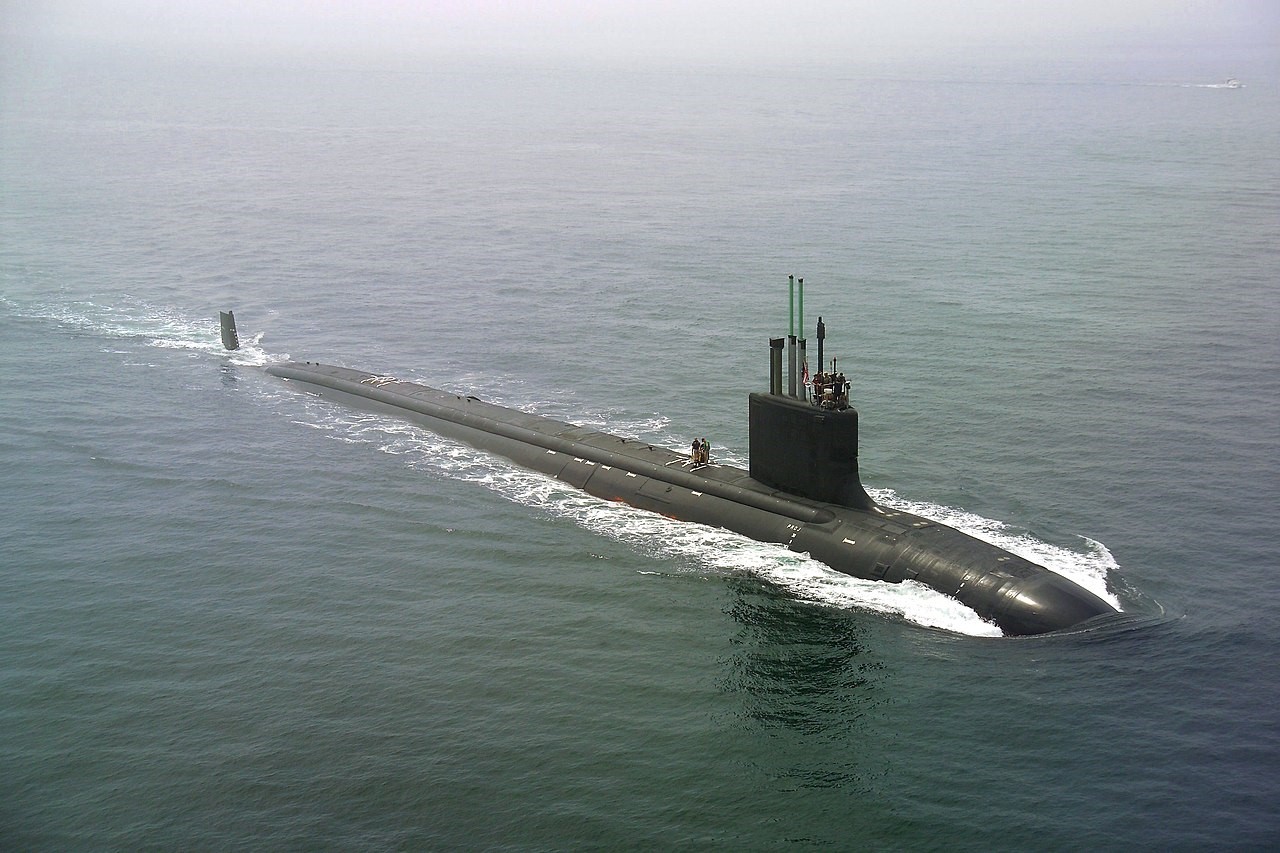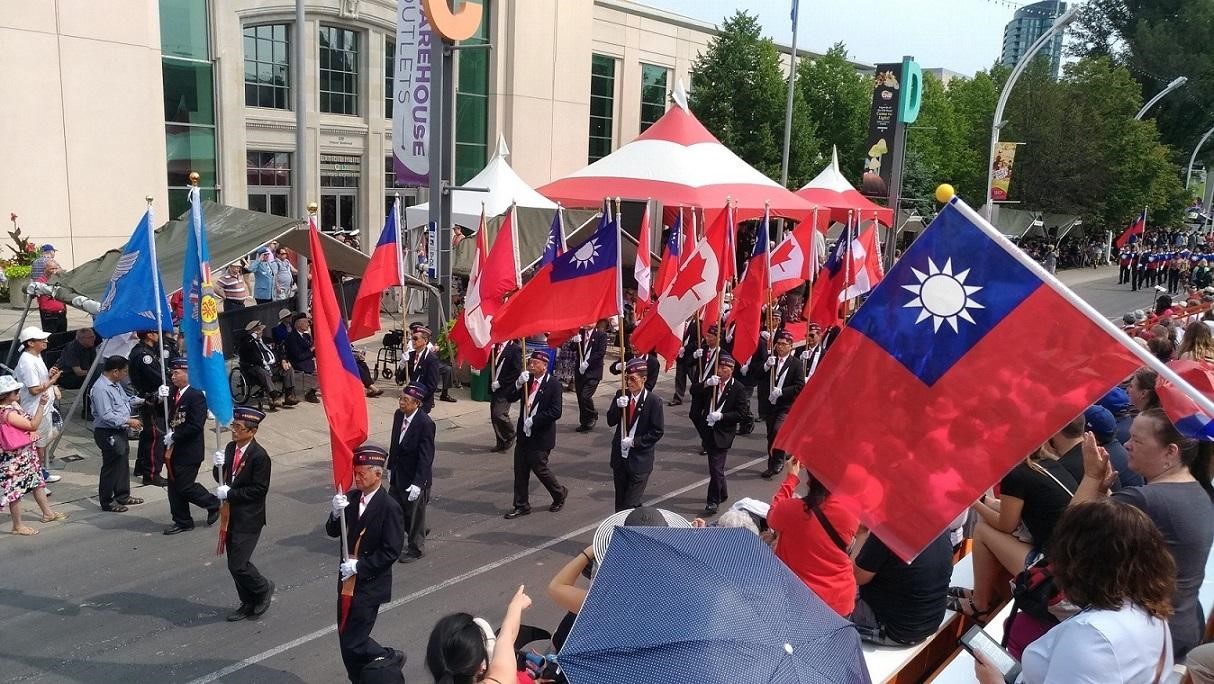Geostrategic Implications of the Indo-Pakistani Conflict: Military Dynamics, International Responses, and Future Trends
On April 22, 2025, a bloody terrorist attack occurred in Pahalgam in Indian-administered Kashmir. India swiftly attributed the attack to militant groups sheltered by Pakistan, escalating tensions and leading to the initiation of Operation Sindoor on May 7. Through swift international intervention, led notably by the United States, a ceasefire agreement was brokered on May 10. However, despite this diplomatic breakthrough, underlying tensions between the two nations persist. Picture source: Depositphotos.
Prospects & Perspectives No. 27
Geostrategic Implications of the Indo-Pakistani Conflict: Military Dynamics, International Responses, and Future Trends
By Roger C. Liu
On April 22, 2025, a bloody terrorist attack occurred in Pahalgam in Indian-administered Kashmir, claiming the lives of at least 26 civilians, most of them tourists. India swiftly attributed the attack to militant groups sheltered by Pakistan, escalating tensions and leading to the initiation of Operation Sindoor on May 7. This military operation involved precise missile strikes targeting alleged terrorist camps within Pakistani territory. These initial strikes rapidly expanded to include the destruction of critical Pakistani ground radar installations and surveillance infrastructure.
In the subsequent days, intense military exchanges occurred, encompassing air strikes, ground engagements, and long-range missile assaults, making this the most severe Indo-Pakistani military confrontation since the 1999 Kargil War. Through swift international intervention, led notably by the United States, a ceasefire agreement was brokered on May 10. However, despite this diplomatic breakthrough, underlying tensions between the two nations persist.
India’s miscalculation
The Indian military forces, significantly bolstered through years of modernization and energized by rising Hindu nationalist sentiment, expanded their operational scope to include comprehensive strikes across army, navy, and particularly air force units. International observers, however, criticized India’s strategic calculations, highlighting a substantial underestimation of the Pakistani Air Force’s integrated operational capabilities. Reports surfaced that frontline Indian aircraft, notably French-made Rafale fighter jets, faced unexpectedly effective resistance from Pakistani forces. Under the strategic guidance of Swedish-made Saab 2000 electronic warfare aircraft, Pakistan’s J-10C fighters, armed with advanced Chinese-made PL-15 air-to-air missiles, reportedly downed several of India’s frontline jets.
Moreover, Pakistan confidently claimed the successful downing of between 77 and over 100 Indian drones, predominantly the Israeli-made Harop loitering munitions. Conversely, Indian sources highlighted the effectiveness of their Russian-sourced S-400 air defense systems in intercepting Pakistani drone and missile threats, purportedly crippling Pakistan’s air defenses.
Defense analysts noted with significant interest the superior performance of the Chinese-origin J-10C and PL-15 missile systems against Western (the French Rafale) and Russian (Su-30MKI) aircraft platforms. This result exceeded global expectations, signifying a considerable tactical triumph for Pakistan and concurrently underscoring China’s rapidly advancing military aviation capabilities. The efficacy of Pakistani air operations was substantially enhanced by decades-long Sino-Pakistani defense collaboration, encompassing technology transfers (such as J-10C aircraft and PL-15 missiles with beyond-visual-range capability), joint tactical training, and strategic military planning. Consequently, this encounter challenged prevailing notions of Western and Russian military technological superiority, boosting the global credibility and marketability of Chinese defense technology.
India’s rethink
In response, India may now find itself compelled to reassess its strategic threat perceptions, air warfare doctrines, and military procurement strategies. Such a reassessment could accelerate India’s indigenous advanced fighter development programs, notably the Advanced Medium Combat Aircraft (AMCA), or push India towards deeper cooperation and technology transfers from strategic partners like the United States.
Significantly, within mere days of intensive hostilities, a ceasefire was rapidly agreed upon due to the diplomatic intervention spearheaded by U.S. Vice President J.D. Vance and Secretary of State Marco Rubio. Traditionally, India has strongly opposed third-party mediation concerning Kashmir, considering the Indian Ocean and South Asian region exclusively within its sphere of strategic autonomy. India’s acceptance of American mediation in this instance, portrayed domestically as tactical pragmatism rather than a strategic realignment, nonetheless holds substantial geopolitical implications.
Regional dynamics
Firstly, the rapid engagement and subsequent diplomatic resolution exposed India’s miscalculations regarding Pakistan’s aerial tactical capabilities. Pakistani strategy appeared meticulously calculated, with precise targeting reportedly limited only to Indian aircraft directly engaged in missile attacks. This measured and controlled approach aimed not only to maximize tactical outcomes but also to strengthen Pakistan’s negotiating position. Pakistan also leveraged social media effectively, promoting a narrative of strategic superiority. In contrast, India’s initial reaction was criticized as inadequate and delayed, undermining its international narrative and diplomatic credibility.
Secondly, the close strategic alignment and coordination between China and Pakistan, underscored during this conflict, signals a troubling escalation in regional geopolitical dynamics. China, as Pakistan’s “all-weather strategic partner” and its primary arms supplier, has increased leverage to exert multifaceted diplomatic and military pressures on India. Consequently, the prospects for significantly improved Sino-Indian relations have become increasingly distant. China’s active support to Pakistan, including diplomatic, intelligence, and strategic surveillance assistance, further exacerbates India’s security concerns. India’s apprehension towards Chinese regional influence through initiatives such as the Belt and Road Initiatives (BRI), and growing political engagement with India’s neighboring countries, further heightens bilateral mistrust.
Thirdly, the Indo-U.S. relationship is anticipated to deepen significantly in security, economic, military, and technological domains. India’s traditional principles of “non-alignment” (NAM) and “strategic autonomy,” foundational throughout its post-independence history, now appear increasingly symbolic rather than pragmatic. Facing a more robust and Chinese-backed Pakistan, India is incentivized to strengthen military and technological collaboration with the United States, including advanced defense technology procurement, joint intelligence operations, and coordinated military exercises. This evolving relationship may gradually supplant India’s historical military dependency on Russia, fostering greater Indo-U.S. security interoperability, particularly in cybersecurity, space exploration, and maritime security.
Finally, the recent conflict has illuminated India’s critical yet vulnerable position within the Quadrilateral Security Dialogue (QUAD). India’s inclusion notably expands the geopolitical influence of the Quad but simultaneously exposes its strategic vulnerabilities, reaffirming its status as potentially the “weakest link” in the alliance. This dual nature significantly enhances strategic Indo-Pacific ties while concurrently raising legitimate concerns regarding India’s reliability and operational capability in future regional conflicts, particularly those involving critical flashpoints such as the South China Sea, the Taiwan Strait, and the East China Sea. This development necessitates increased strategic reassessment among India’s Quad partners, potentially shaping future security cooperation frameworks and defense planning in the Indo-Pacific region.
(Roger C. Liu is Assistant Professor, International Master’s Program in Asia-Pacific Affairs (IMAPA), National Sun Yat-sen University.)


